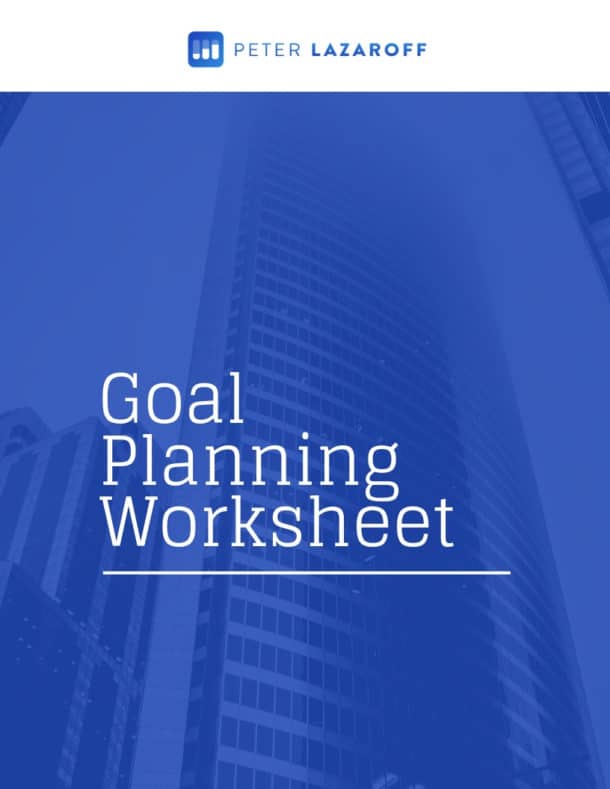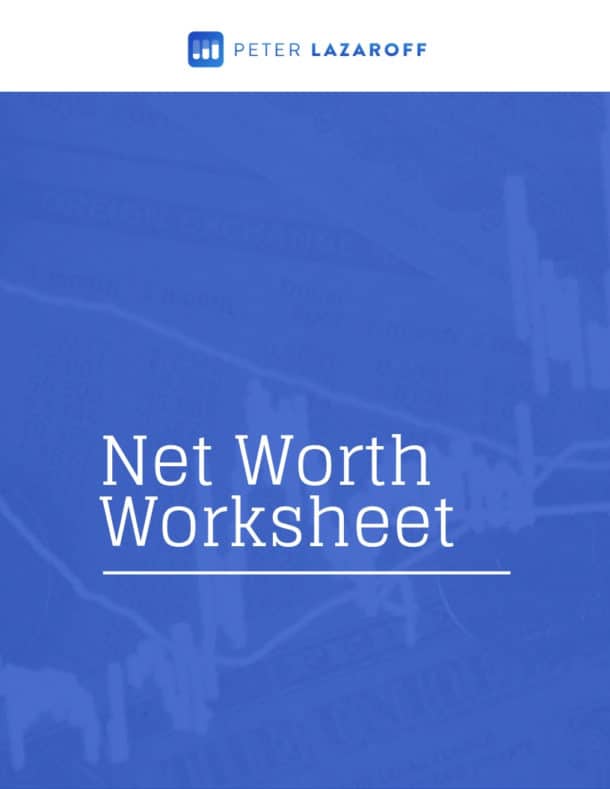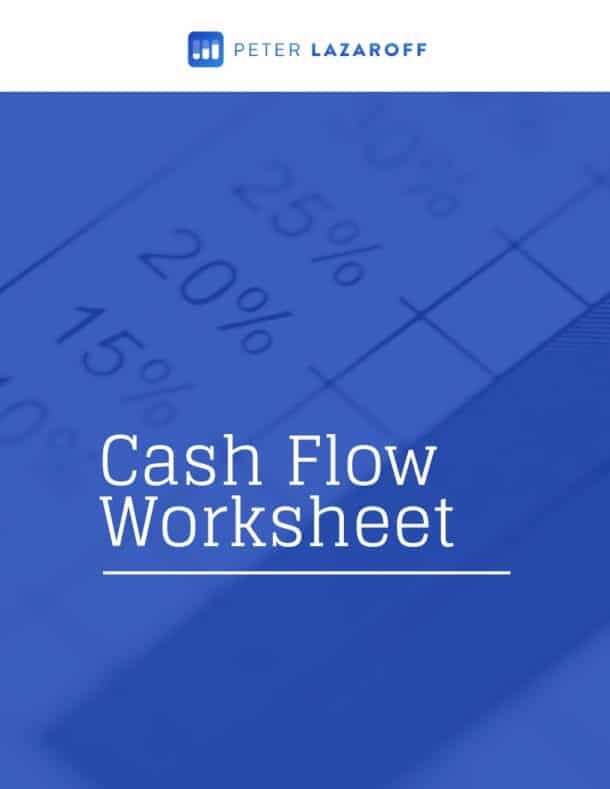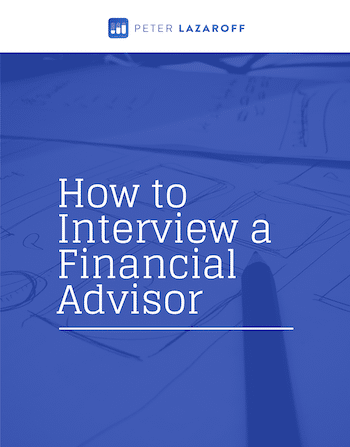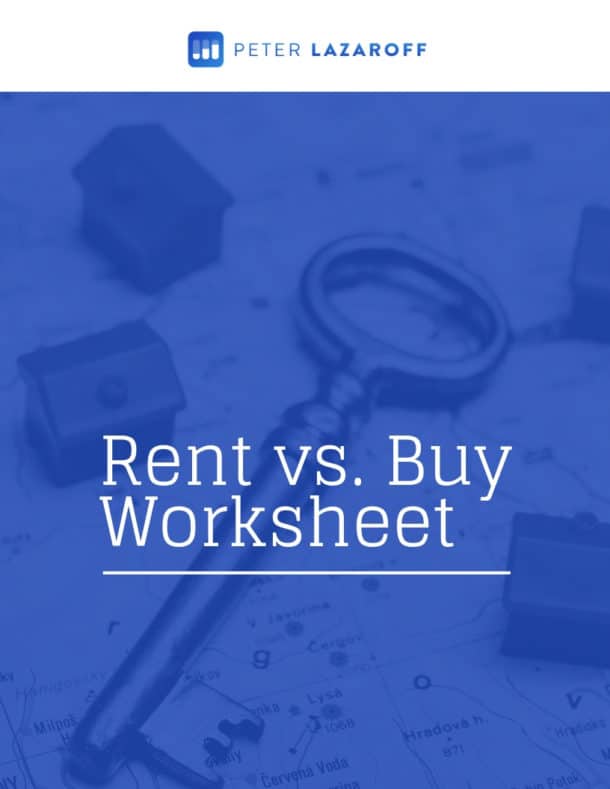Listen Now
Wouldn’t it be great if you could get stock market returns… without the stomach-churning losses? That’s the dream, right? Equity-like upside, but with a little cushion on the downside.
Well, that’s exactly what many options-based strategies are promising—packaged up with labels like Buffered, Defined Outcome, or Overlay. They sound smart. They sound safe. They sound like the Holy Grail for investors who want growth without the gut punches.
But here’s the reality: that promise hasn’t panned out.
In today’s episode, we’re going to take a closer look at options-based strategies—why they’re popular, what they actually do, and whether they’re worth the cost. I’ll walk you through some surprising research, including insights from a recent AQR paper that pulls back the curtain on these strategies.
Sign up for my newsletter so you can easily reply to my emails with your thoughts or questions for the podcast:
What Are Options-Based Investment Strategies?
Let’s start with the basics. What exactly are options-based strategies?
If you’ve come across terms like Buffered ETFs, Defined Outcome Strategies, or Equity Overlays, you’re looking at strategies that use options—financial contracts—to reshape how returns show up in your portfolio.
Here’s how the pitch usually goes:
These strategies aim to give you some of the market’s upside while limiting how much of the downside you experience. Sounds like a reasonable trade-off, right?
And with nearly $234 billion invested in options-related categories, according to Morningstar, clearly a lot of investors are buying into the idea.
But the key question is: do these strategies actually deliver on that promise?
The Performance Problem: Lower Returns and Missed Expectations
A recent paper by AQR—authored by Cliff Asness and Dan Villalon—takes a hard look at these products. And what they found was, well…disappointing.
They analyzed 99 funds with at least five years of history—so we’re talking about real data, not backtests. They looked at two simple questions:
- Did these funds outperform the S&P 500 over that period?
- Did they deliver smaller drawdowns—meaning, did they limit losses better than the market?
The results?
- Zero of the 99 funds beat the market in terms of cumulative returns.
- And while 86% had smaller drawdowns, that’s only part of the story.
At first glance, you might think: “Well, okay, maybe I’ll give up some return in exchange for less risk. That’s a fair deal.”
But then AQR asked a better question: What if you just owned fewer stocks and held the rest in cash?
In other words, instead of putting $100 into the market, what if you put $70 into a simple S&P 500 index fund and $30 into Treasury bills?
No fancy derivatives. No complex fund structure. Just a basic, low-cost allocation.
And guess what? More than two-thirds of the options-based funds underperformed that simple mix—not just in returns, but in risk as well. In fact, 81% of those funds had worse drawdowns than a passive equity-and-cash combo.
Let me say that again: most of these strategies failed to protect on the downside, and they didn’t deliver on the upside. So they went 0-for-2 on the simple objectives evaluated by AQR.
Why Options-Based Funds Often Fail: The Theory Behind the Data
So, why does this happen?
At the heart of many options-based strategies is the humble put option. A put gives you the right to sell a stock at a certain price, offering protection if the market falls.
Sounds perfect, right? You’re essentially buying insurance against losses.
But, like any insurance, it’s not free.
In fact, it’s usually expensive. Academic research shows that put options tend to be overpriced relative to the actual protection they provide. You’re often paying more for the protection than it ends up being worth—especially over time.
And that’s just the beginning.
Because options expire, they’re only useful for a specific period. Let’s say you buy a put that protects you for one month. If the market drops 4% in month one and then another 4% in month two, your put may expire worthless after the first drop. So you end up losing money without getting the protection you paid for.
Even worse, to offset the high cost of these puts, many fund managers layer in other options—selling calls, using exotic combinations, creating a “defined outcome” that looks nice in a sales deck. But those layers add complexity and often just dilute returns further.
Here’s an analogy:
Imagine buying an umbrella that only works when it rains exactly 1.25 inches between 2:00 and 4:00 PM. If it rains outside that window—or if it rains harder—you still get wet. And oh, by the way, you paid a premium for this “smart” umbrella.
A Better Way to Reduce Risk in Your Portfolio
Now, to be clear, this doesn’t mean that all use of options is bad. In the right hands, with the right goals, they can be useful tools—especially for institutions managing very specific risks.
But for individual investors—or even most advisors—these products often sound better than they are. They’re marketed as magic solutions: equity returns without equity risk. But in reality, they’ve mostly delivered lower returns with more risk.
And that’s before factoring in the costs:
- Trading costs
- Option premiums
- Management fees
- Taxes from frequent rebalancing
All of which eat away at the supposed benefits.
So what’s a better approach?
Well, AQR suggests something simple—and I agree: If you’re concerned about equity risk, just own fewer equities.
Dial down your stock allocation. Hold more high-quality bonds or short-term cash-like instruments. You don’t need complex financial engineering to reduce risk. Simplicity often outperforms, especially over time.
But there’s also an Option C—one that I personally think is even better: diversify smarter.
Rather than trying to time the market or buy temporary protection, focus on building a portfolio of return streams that aren’t perfectly correlated. Think global stocks, bonds, maybe alternatives like real estate or systematic strategies. Spread your risks thoughtfully, not reactively.
When you diversify well and keep costs low, your portfolio becomes naturally more resilient. You don’t need to buy an expensive safety net—you build one into the structure of your plan.
Don’t Pay for Protection That Doesn’t Deliver
Before I wrap up, let me leave you with this:
If a strategy promises equity-like returns with less risk, you should pause. Ask: “How exactly is this being achieved?”
If the answer involves complex derivatives, multiple layers of fees, and assumptions that require perfect timing—proceed with caution.
Because as we’ve seen with these options-based strategies, the only guaranteed winners are often the fund managers, not the investors.
Until next time, stay patient, stay diversified, and stay the course.
Resources:
The Long Term Investor audio is edited by the team at The Podcast Consultant
Submit Your Question For the Podcast
Do you have a financial or investing question you want answered? Submit your question through the “Ask Me Anything” form at the bottom of my podcast page.
Support the Show
Thank you for being a listener to The Long Term Investor Podcast. If you’d like to help spread the word and help other listeners find the show, please click here to leave a review.
I read every single one and appreciate you taking the time to let me know what you think.
Free Financial Assessment
Do you want to make smart decisions with your money? Discover your biggest opportunities in just a few questions with my Financial Wellness Assessment.
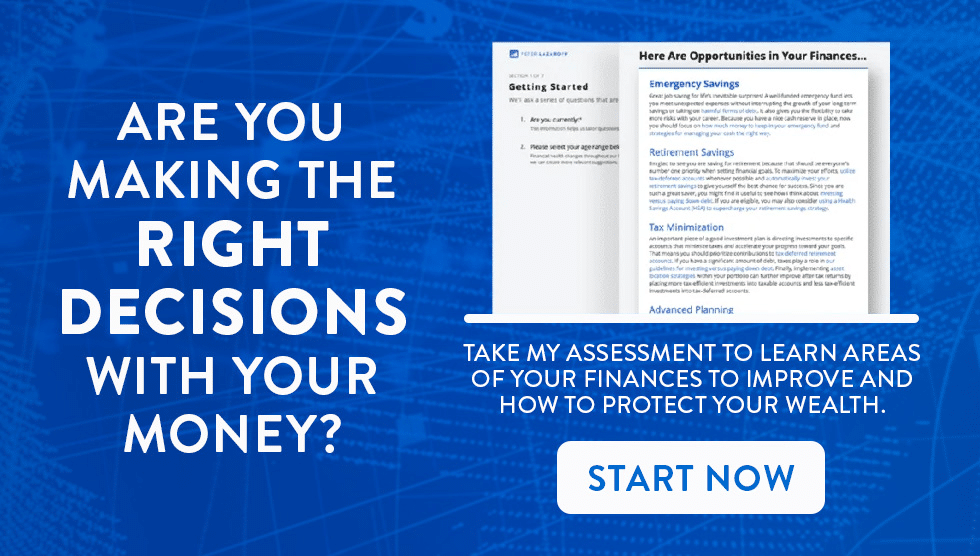
Disclosure: This content, which contains security-related opinions and/or information, is provided for informational purposes only and should not be relied upon in any manner as professional advice, or an endorsement of any practices, products or services. There can be no guarantees or assurances that the views expressed here will be applicable for any particular facts or circumstances, and should not be relied upon in any manner. You should consult your own advisers as to legal, business, tax, and other related matters concerning any investment.
The commentary in this “post” (including any related blog, podcasts, videos, and social media) reflects the personal opinions, viewpoints, and analyses of the Plancorp LLC employees providing such comments, and should not be regarded the views of Plancorp LLC. or its respective affiliates or as a description of advisory services provided by Plancorp LLC or performance returns of any Plancorp LLC client.
References to any securities or digital assets, or performance data, are for illustrative purposes only and do not constitute an investment recommendation or offer to provide investment advisory services. Charts and graphs provided within are for informational purposes solely and should not be relied upon when making any investment decision. Past performance is not indicative of future results. The content speaks only as of the date indicated. Any projections, estimates, forecasts, targets, prospects, and/or opinions expressed in these materials are subject to change without notice and may differ or be contrary to opinions expressed by others.
Please see disclosures here.









